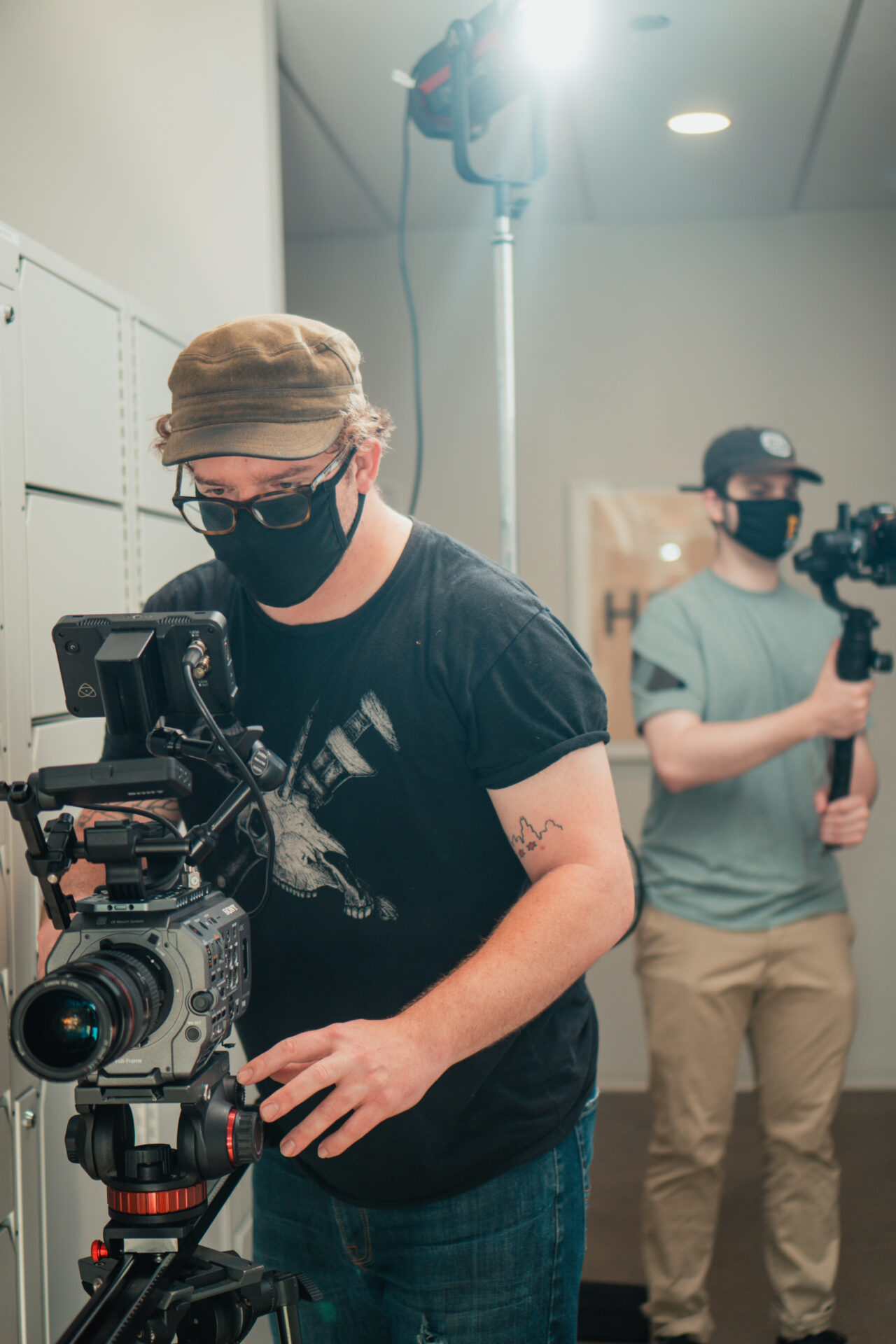Critical incident videos are important elements of developing community trust and engagement with law enforcement agencies. The appropriate arrangement of raw video footage, whether taken from surveillance tapes or bodycam recordings, provides a layer of transparency concerning investigations or allegations of misconduct. Access to this information is critical in keeping a community informed and providing a context for certain actions taken.
However, simply releasing footage may not have the desired effect on viewers. Law enforcement agencies and police departments should put careful thought and strategy behind the creation of a critical incident video. The following tips can help.
1. Understand the Goal of a Critical Incident Video
When releasing a video of a particular incident to put accurate information before the public, the overarching goal is to foster and maintain a greater trust between the law enforcement agencies and the communities in which they serve. The publishing of these videos is likely to have a significant impact on the those involved in the incident, family and friends of incident participants, the law enforcement agency as a whole, and the greater community. These videos are not to be taken lightly or considered only a minor element of a critical response strategy.
Critical incident videos provide a concise but clear summary of the timeline, participants and context of an incident. Videos are meant to contain factual elements according to the circumstances known at the time. They can be compilations of photographs, audio and any relevant video, all arranged to present an unbiased representation of the critical incident.
2. Recognize the Importance of Context
It isn’t enough for an agency to simply release a critical incident video based on raw bodycam footage and consider the public informed. There is a serious danger in releasing a video without establishing the proper context. A lack of context leaves the media or other members of the community the opportunity to craft a narrative that isn’t accurate or creates confusion. Law enforcement officers and investigative services would then need to address potential untruths and try to clarify facts from fiction. Adding context after the narrative has been established is not only counterproductive but can also seem suspicious in the eyes of the general public.
3. Create Video Content With Context Established
Once you know how important context is to the truth, this can inform how you move forward with production content. MatchPoint Studio can turn a daunting task of compiling and editing into a professional-quality video release, but your agency must first provide content that includes as many relevant facts to the community as necessary to present a clear message concerning the critical incident. The narrative must already be developed before a video is released, which means providing the context needed to identify key players, the setting and a chronology of events. Be sure all relevant footage and information are available for inclusion in the video.
4. Trust the Insight of an Outside Perspective
It is natural for those in law enforcement to sympathize or relate to incidents involving other officers because of the shared knowledge and experience of the job. It is this same feeling of brotherhood that can make it harder to release a critical incident video, but many police departments and other agencies have policies in place that dictate situations and proper responses. However, officers may still interpret video footage according to their own experiences, and this can interfere with the goal of transparency and community trust.
Releasing footage of an officer-involved shooting is likely to generate concern when there are subjective interpretations concerning why a weapon was drawn. Simply releasing the footage to obey policy could negatively impact public perception and create significant departmental fallout. Allowing a video production company to review the footage and giving them the liberty to provide insight or raise concerns could keep a terrible mistake from occurring with a video release. An external perspective may clarify issues and prevent an insider perspective from sabotaging transparency.
5. Avoid Common Video Release Mistakes
A critical incident video is a serious matter. Whether it deals with a loss of life or it puts a spotlight on egregious police conduct, the video needs to be appropriate and professional. There are a few mistakes to avoid to preserve the goal of releasing your video:
- Do not produce a video that looks like a television show or movie. It should be factual and professional but without an unnecessarily high production value.
- Do not use the video to try to justify the actions of the law enforcement agent(s) involved. In straightforward language, present the facts of what the viewer will be able to see or not see from the footage.
- Do not use voice narration or multiple speakers. It is appropriate for the police chief or sheriff to make an introductory and concluding statement, but avoid using voice narration throughout the video. Bias is very easily noted or perceived through voice inflections and pauses.
6. Make the Video Accessible
It is permissible to inform the public that a video will be released if there is an anticipated delay, but any footage should be released in a timely manner. Timelines are specific to the various agencies or departments, but it is important to let the public know when they will be able to access the footage.
To ensure that the necessary community members or media personnel have access to the video, upload the video in several areas for easy viewing. The law enforcement agency’s website is one place to release the footage, and including a link or the video on social media platforms can extend viewing options. These can include Twitter, YouTube, Facebook or Instagram.
Use a Trusted Video Production Company for Your Critical Incident Video
Though it may be possible for a member of your agency to compile and present a critical incident video in just a few days, the perceptions of the incident and your agency or department overall are on the line when you release any information related to an officer-involved situation. The importance of these videos warrants professional assistance, and the team at MatchPoint Studio can provide the services you need. It is worth the investment into preserving the transparency of your law enforcement agency and the trust of your community. Contact us today.
Sources:
https://www.justice.gov/file/1376336/download
https://criticalincidentvideos.com/





